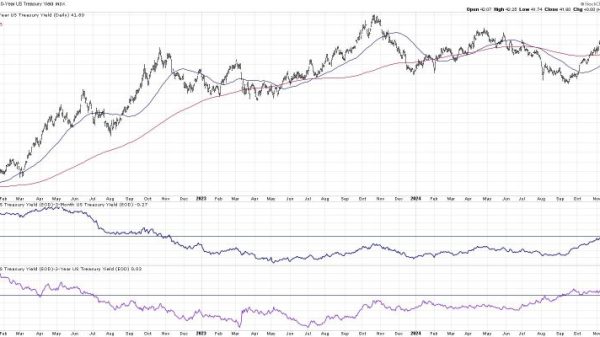Navigating the Shifts in the Market: Strategies for Handling Volatile Trading Days
Understanding the ebbs and flows of the stock market can be a daunting task for even the most seasoned investor. Market volatility can present both opportunities for significant gains and risks of losses. Mastering the art of navigating through up days and down days in the market requires a combination of knowledge, foresight, and strategic planning. Here are some key strategies that can help investors weather the storm and capitalize on market fluctuations.
1. Stay Informed and Remain Calm
During turbulent market conditions, it is crucial to stay well-informed about economic indicators, geopolitical events, and company-specific news that could impact stock prices. Keeping a cool head and avoiding knee-jerk reactions to short-term market movements is essential. Emotions can cloud judgment, leading to poor decision-making. By staying informed and maintaining a calm demeanor, investors can make more rational and well-thought-out decisions.
2. Diversify Your Portfolio
One of the most effective ways to mitigate risk in a volatile market is through diversification. Spreading investments across different asset classes, industries, and geographies can help reduce the impact of adverse market movements on the overall portfolio. While some sectors may be experiencing downturns, others may be thriving, balancing out the overall performance of the portfolio. Diversification can help investors withstand market fluctuations and provide a smoother investment journey.
3. Monitor Technical Indicators
Technical analysis involves studying historical price movements and trading volume to identify trends and patterns that can help predict future market movements. Keeping an eye on technical indicators such as moving averages, support and resistance levels, and momentum oscillators can provide valuable insights into market trends and potential price reversals. By incorporating technical analysis into their decision-making process, investors can better time their trades and capitalize on market opportunities.
4. Embrace Volatility as an Opportunity
While market volatility may seem daunting, it also presents opportunities for savvy investors. Volatile markets can create mispricings and inefficiencies that can be exploited for profit. Buying undervalued stocks during market downturns or shorting overvalued stocks during market upswings can lead to significant gains for opportunistic investors. By adopting a contrarian approach and going against the crowd, investors can capitalize on market anomalies and generate alpha in their portfolios.
5. Utilize Risk Management Techniques
In a volatile market environment, risk management is paramount. Setting stop-loss orders, using position sizing techniques, and practicing disciplined portfolio management can help limit losses and protect capital during market downturns. By defining risk tolerance levels and adhering to strict risk management rules, investors can avoid catastrophic losses and preserve their investment capital for future opportunities. Risk management is a cornerstone of successful investing, especially in volatile markets.
Navigating the ups and downs of the market requires a combination of knowledge, discipline, and strategic planning. By staying informed, diversifying portfolios, monitoring technical indicators, embracing volatility, and utilizing risk management techniques, investors can position themselves for success in any market environment. While market fluctuations are inevitable, adopting a proactive and well-informed approach can help investors navigate through turbulent times and emerge stronger on the other side.




























